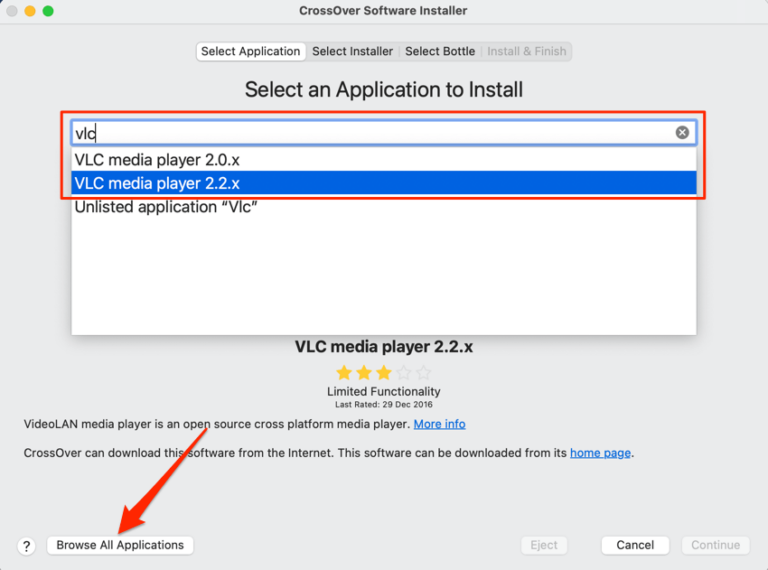

Mac EXE Virus then connects to the remote server and downloads several files to the " ~/Library/X2441139MAC/Temp/" directory. At time of research, Mac EXE Virus gathered information that is not particularly sensitive (e.g., processor details, memory, etc.), however, it is promoted using a quite unique malware distribution technique. In addition, Mac EXE Virus checks if there are certain applications installed (the list of searched apps is below) and also sends details to a remote server. After successful infiltration, Mac EXE Virus immediately gathers various information about the system (the list of collected information is below) and sends it to a remote server. Mac EXE Virus functionality is rather basic. Research shows that, as well as proliferating Mac EXE Virus, the cracked version of Little Snitch is also used to distribute adware and browser hijackers (e.g., TapuFind, Search Operator). This malware is distributed using an installation setup of a cracked Little Snitch version, which is a popular Mac/Windows Firewall app. MacOS does not support this format by default. Note that this malware is proliferated using an executable (.exe or EXE) file, which is developed for the Windows Operating System. Here.Mac EXE Virus is a rogue application that infiltrates Mac computers and gathers various system-related data. appīundle, put a script inside that invokes Wine, and associate it with EXEįiles using an ist file.

(It's weird that they open in TextEdit normally you get a "NoĪpplication knows how to open 'filename.exe'" message.) If you want toĭouble-click on EXEs to open them, you have to create an application The problem is that no application you have really knows how to open EXEįiles. exe in terminal but it is less than convenient. It opens in TextEdit instead of launching in wine. I can not figure out for the life of me how to launch an executable by clicking on it.


 0 kommentar(er)
0 kommentar(er)
